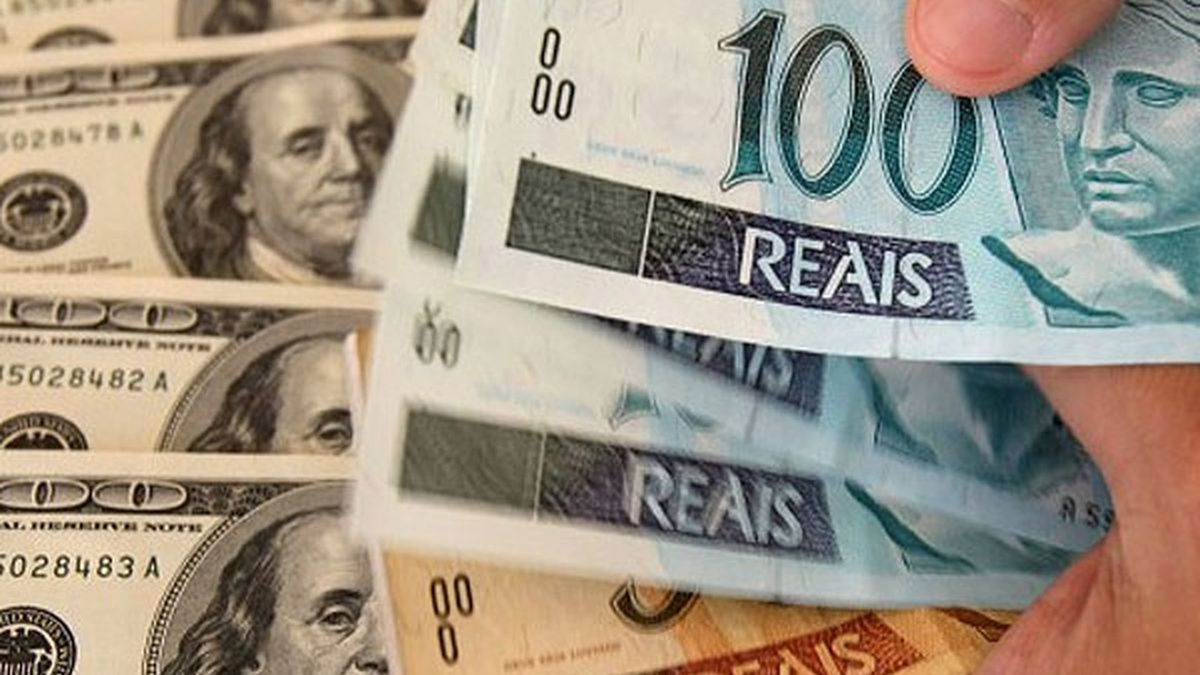Old investors of the world begin to change the monetary axis in their portfolios towards the emerging market currencies such as the Brazilian real, as it increasingly seems possible that the United States Federal Reserve (Fed) put a pause on interest rate increases and the dollar is no longer the most attractive option for investments. How can this affect Uruguay?
There are already several international investment funds that are beginning to bet on assets of Latin America, where two years of progressive increases in interest rates have alleviated inflation and positioned their currencies as interesting alternatives for profitability, as reported by Bloomberg. In parallel, the dollar does not seem to have a strengthening futurewith the expected pause in the Fed’s contractionary monetary policies on the horizon and the US economy in the process of slowing down.
In this sense, the case of Brazil is the paradigmatic example: with the real strengthening against the US currency —the dollar closed yesterday at 4.89 reais, when at the end of 2022 it was trading at 5.28 reais— and a ROI of 9.1%the northern country is being the center of operations of the carry trade.
In this regard, analysts expect that currencies with good real returns and a strong external balance of payments benefit from the global economic context, whereby the emerging and real markets will continue to grow.
Now, what impact would the strengthening of the Brazilian currency have for Uruguay?
The weakening of the dollar internationally and its effects on Uruguay
A first possible effect that the strengthening of the real could have would be the drag to the rise of the Uruguayan peso. The local currency tends to follow, on different occasions, the behavior of the Brazilian currency, for which reason an appreciation of the price in the country could also be expected, to the detriment of the price of the dollar.
Similarly, if mutual funds are betting on strong, well-performing emerging market currencies, The peso could establish itself as an alternative for international firms. In this sense, the best inflation projections published by the Central Bank of Uruguay (BCU) and the recent upgrade of the country’s credit rating by Standard & Poor’s (S&P)as well as the probable best of Moody’s and fitch.
This would mean that, in the medium term, the peso would experience a strengthening against the dollarin a context marked by the stable trend of the US currency —pressured upwards by the cut in interest rates by the BCU and downwards by the historical rating of S&P.
On the other hand, a second effect is more related to the Brazil’s intentions to trade regionally with local currenciessince the bet of international investors on the real —and other Latin American currencies— can support the president’s plan Lula da Silva and the dollar is displaced as a trade currency with, at least, the northern country.
For Uruguay, it would imply a significant drop in the dollars that enter the country on a regular basis, as a result of placements in that country —the main destination for Uruguayan exports after the lower exchange with China. This would cause the availability of foreign currency to fall —even more so if other countries in the region made the same decision— but, on the other hand, it could be expected to appreciate with respect to the peso; especially if one considers that one of the arguments behind the exchange rate delay is the excess of dollars resulting from a record year of exports.
Source: Ambito




